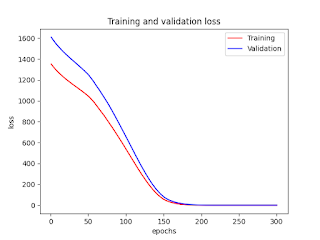My own summary for the paper "Choosing and Using Utility Functions in Forming Portfolios" on Financial Analyst Journal, Volume 75 Number 3, Third Quarter 2019:
- Utility functions and related analysis should be tailored (i.e., purposefully selected) to reflect the investor's circumstances. In this article, it is illustrated for four investor types (a private investor, an endowment fund, a defined-benefit fund, and a retired individual).
- Limitations of mean–variance analysis (essentially a single-period approach ): (1) portfolio return and risk over a discrete horizon (a problem for long-term investors under various economic and market conditions), (2) diversified investor objectives, e.g., delivering a real return, a required income stream, or sufficient assets to cover liabilities, and (3) return distributions are highly (negatively) skewed (and even with high kurtosis).
- Analyzing the mean and variance of his or her portfolio returns over some discrete time horizon is only vaguely relevant to the main concern—namely, the stream of income that can be drawn (from total assets) over time (and total liabilities).
- Choosing a utility function (with parameters) that is fit for a purpose seems more important than seeking validation from an unsettled literature (for functional forms and parameters).
- Advantages of utility functions: (1) available for return distributions of any shape, (2) considerable flexibility in available functions that can encapsulate a wide range of investor objectives and preferences (various time horizons, both up and down-sides of markets, combined strategies in investment and withdrawal in a dynamic framework)
- Utility functions: power utility and two variations of reference-dependent utility
Reference:
Geoffrey J. Warren (2019) Choosing and Using Utility Functions in Forming
Portfolios, Financial Analysts Journal, 75:3, 39-69, DOI: 10.1080/0015198X.2019.1618109
https://doi.org/10.1080/0015198X.2019.1618109


No comments:
Post a Comment